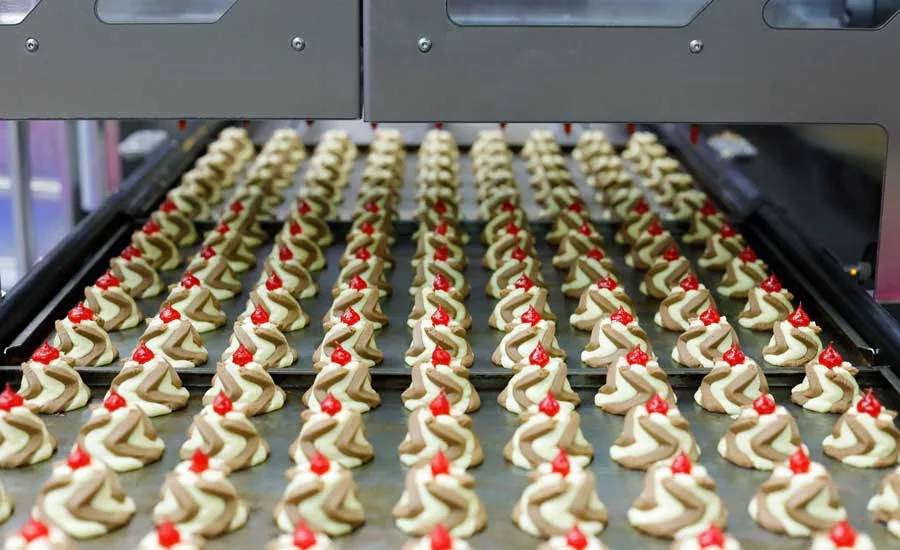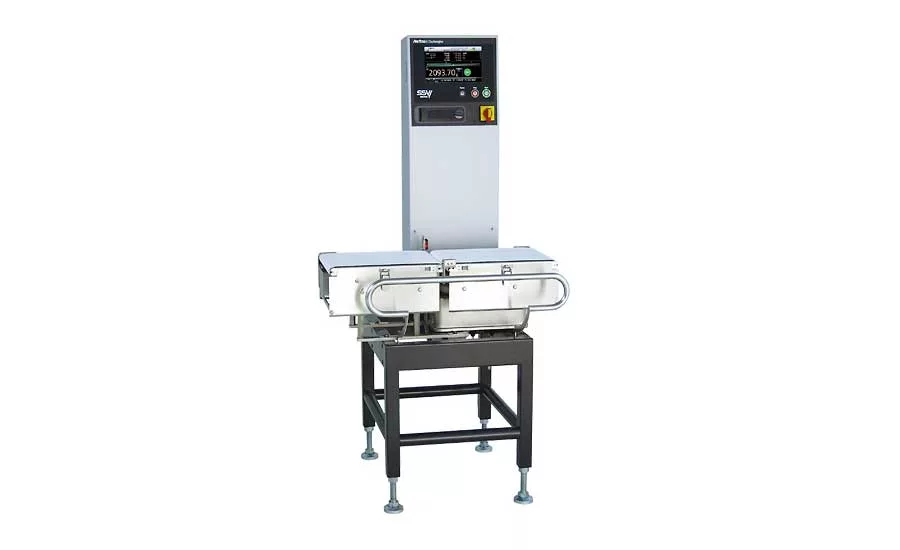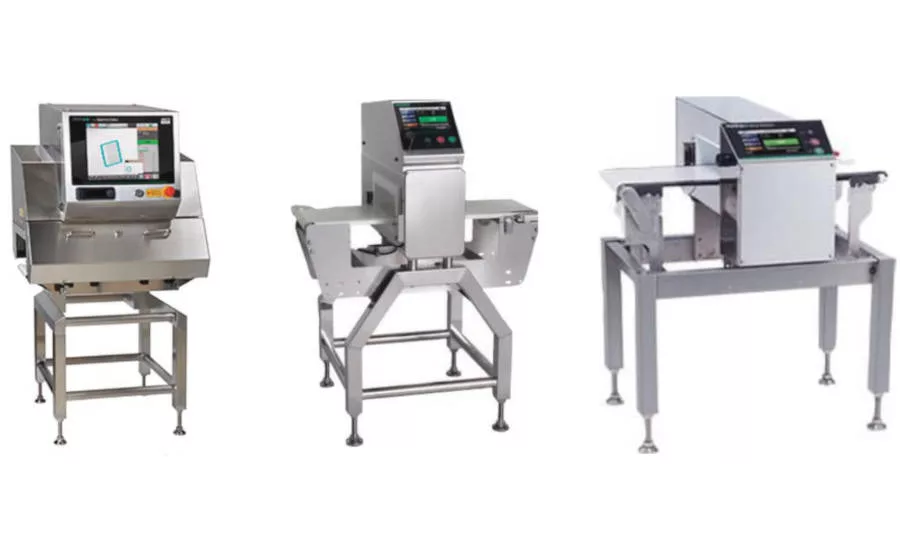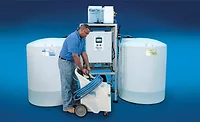CANNABIS PRODUCTS | NOVEMBER 2019
Using inspection and detection equipment in cannabis edibles manufacturing
Inspection and Detection 101: Selecting the most suitable inspection and detection equipment depends on cost, material to be detected and the type of product.



Developing the perfect product formulation and using the best production equipment can help manufacturers create quality cannabis-infused food and beverages.
But two of the most-important factors in achieving high quality products occur at the end of the production process—inspection and detection. Food manufacturers of all stripes need to make sure their products meet the weights listed on packaging and are free of potentially dangerous foreign materials.
“You wouldn’t want your consumer to get foreign contaminants in the product they’re purchasing because it could be harmful if they ingest it,” says David Quebbemann, director of sales, Anritsu, Elk Grove Village, IL.
Quebbemann notes tiny fragments of metal, glass, rock or any other contaminant that could be found in a growing field can wind up in food products. For meat producers, watching out for bone fragments is also critical.
To make their products safer, manufacturers can turn to metal detectors, which identify changes in magnetic fields caused by metal fragments present in products passing under the detection head. Most detectors are set up to identify ferrous (iron-based) and nonferrous metals. This equipment, Quebbeman notes, offers manufacturers protection from metal contamination at a lower price point.
X-ray equipment comes at a higher price, but it is more accurate and can detect other foreign materials besides metal. It also gives food manufacturers a better look at problems within a particular batch or in their production processes.
“You can not only see the what the contaminant was, but you can detect it in the area of the product that you’re passing through so you can more accurately get it out of the product on a rework station,” says Quebbemann. “Then you can save those images to go back for traceability if you choose.”
Looking for quick answers on food safety topics?
Try Ask FSM, our new smart AI search tool.
Ask FSM →
Checkweighers verify the weight of the product matches what’s listed on the packaging. Quebbemann notes producers and packers of cannabis have to be precise to protect their customers and themselves. Underfilling packaging doesn’t serve the consumer and can open the manufacturer up to legal challenges, but overfilling packaging can be just as problematic.
“In the cannabis market, (avoiding) an overweight is extremely important because of the different regulations around the United States,” Quebbemann says. “There’s a legal limit in terms of how much you can carry for medicinal or recreational uses.”
Quebbemann adds that some of Anritsu’s customers have two checkweighers in their production systems—one to weigh the product, and one to weigh the packaging itself, which can vary from unit to unit. “The checkweigher provides that accuracy and that verification in the production process of exactly what they’re producing and selling.”
What to Look For
Quebbeman notes Anritsu began working in earnest with customers in the cannabis space two to three years ago, with inquiries for inspection and detection equipment increasing over the last year and a half.
When it comes to checkweighers—the most successful product category Anritsu has, Quebbeman notes—many customers are interested in a feature that sends feedback to filling machines if they’re overfilling or underfilling packaging.
Anritsu has also received more requests for equipment made with sanitary design—stainless steel components, seamless welds and angled surfaces to prevent water from forming pockets and bacteria from growing.
For example, Anritsu’s Washdown SSV-i Checkweigher features a stainless steel frame and control panel exterior and a waterproof conveyor belt. The Economy SSV-f Checkweigher is available with a stainless steel or painted frame and control panel exterior and a non-waterproof conveyor belt. Both systems come have a maximum accuracy of ±0.01 g.
Manufacturers on the market for a metal detector or X-ray equipment should also pay close attention to range of particle detection.
“First and foremost, we would recommend that they look at the size of the detection that is possible for the equipment they’re purchasing, meaning how small of foreign object can the x-ray or metal detection equipment detect,” Quebbemann says.
In ideal product conditions, Anritsu equipment can detect metal pieces that are 0.5-0.6 mm in size and fragments of bone, glass and ceramic that are 0.8-1 mm in size, depending on the product and the machine.
Product density is a big factor in how small you can detect for the contaminants, adds Quebbemann.
And then there’s detection speed. Successful metal detectors and X-ray machines should balance the need for fast-moving production with the time it takes to get an accurate scan of the product.
“You’re trying to process an image or detect a change in the state of the field that the metal detector would create, so if you’re running it through really fast the processing time is not there for the software to analyze the image or the change of field and give you feedback,” Quebbemann says. “There are limitations in that, and it does depend on the product length, the product spacing and the speed of the line.”
Food manufacturers should also consider the total cost of ownership, particularly what it will cost to replace detection components—usually one-quarter to one-third of the initial purchase price, Quebbemann says—and how often they’ll need to be replaced.
Furthermore, Quebbemann points to the importance of customer service support from the equipment supplier, both through operator training and equipment repair and replacement.
“You want to make sure the machine is up and running,” Quebbemann says. “With very frequent turnover in the plants, we see there’s a lot of training, so ongoing support from a training and equipment setup standpoint is a very important characteristic. You want to make sure you have that capability from the supplier—that they’re going to be there to support you over the life of the equipment.”









